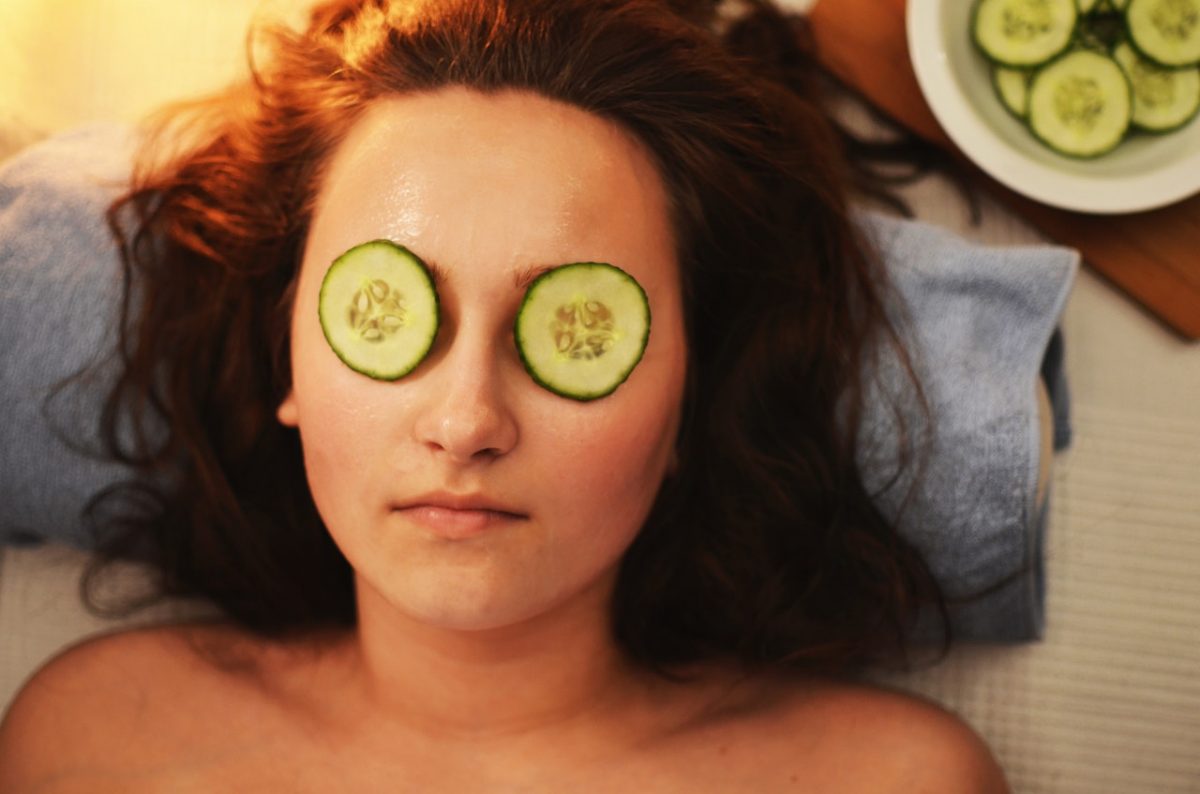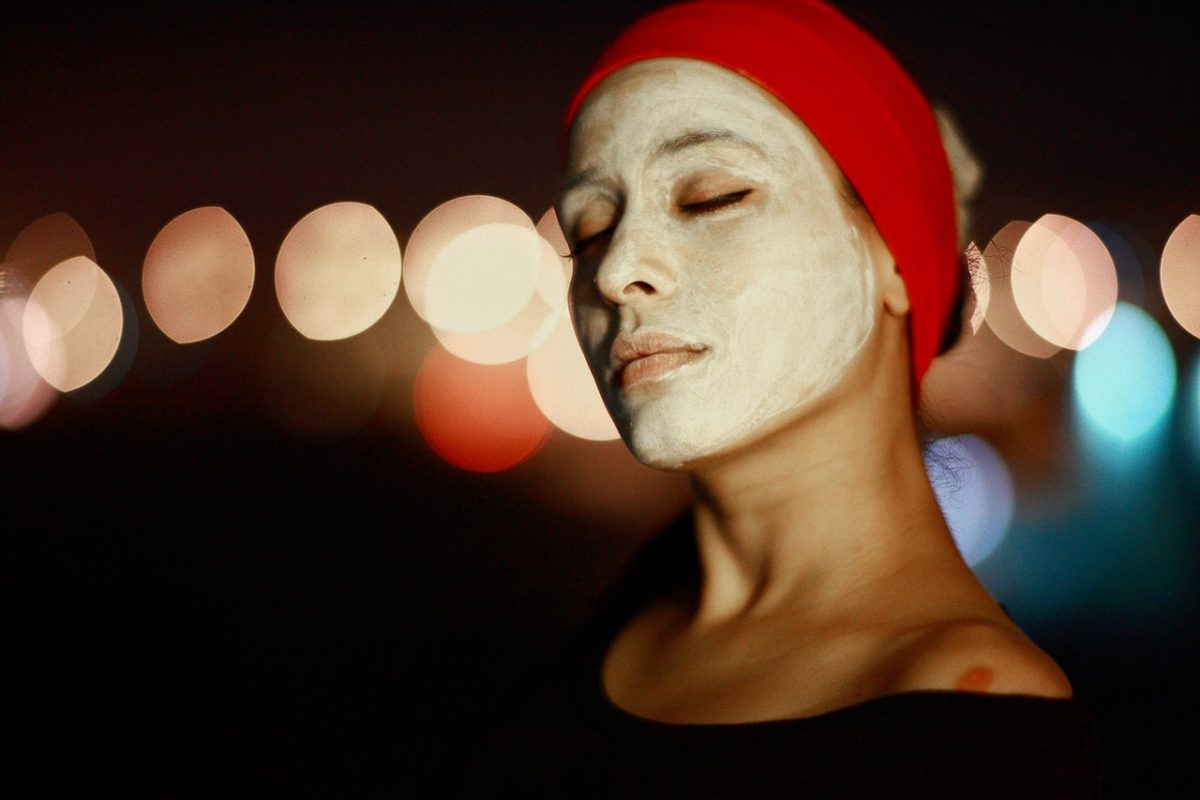
A natural, flawless complexion is lying just under the surface of the skin-and physicians have discovered that traditional treatment is the quickest way there.
And here is one more’90s revival for you: the chemical peel. After being eclipsed in the early 2000s by fresh skin-resurfacing lasers, these basic remedies (such as ancient-Egypt classic) are back on top in dermatologists’ offices. By casting off dull surface cells, they improve fine lines, discolouration, acne, and more. And they do it for all skin types and colours–typically for a fraction of the price of flashier (literally) options. A shallow fractional-laser treatment can run around $1,000 a session–and you will likely need several. A medium-depth chemical peel may cost a third of that and provides more impressive effects in one treatment, but rely on more healing time.
As with most old-is-new-again thoughts, today’s peels are not just total retreads. When glycolic peels got very popular in the’90s, they damage and left skin raw. But acid formulations have been refined and so have dermatologists’ approaches to utilising them. Here are five reasons to reserve a peel–and help your skin create a radical comeback.

Skin Peels will make your skin, and skin-care products work better. In minutes, acids lift away dead cells and activate a lovely chain reaction: Since that topmost layer is shed, signals are sent to the cells under to multiply and move upward, to increase collagen production, to create more hyaluronic acid–to act younger. An extensive sloughing also offers one quite immediate upshot: smoother skin that is both more radiant and more responsive. Your skin-care products perform better after a peel since no dead cells are impeding their penetration.
They are low-risk, and you can go custom. There are chemical peels which are safe to use on each skin colour without risk of hyper-pigmentation (typically a worry with darker complexions). We know that using low proportions of many acids provides better results with less aggravation than a single acid in greater strength. Doctors have loads of premixed cocktails to pick from, such as PCA Skin Sensi Peel, which blends trichloroacetic acid (TCA) and lactic acid to rev up collagen synthesis deep down and dissolve the drab skin at the top. But a good deal of physicians also cooks their recipes to tackle particular concerns. For tough brownish stains, Bucay adds a pinch of brightening vitamin C or a smidgen of bleaching hydroquinone to her acids of selection. And when treating those very same spots on the skin that is sensitive, she offsets the potent lighteners with antioxidants that are soothing.
There is not a permanent cure for the recurring sun-triggered dark spots caused by hormonal surges (such as those due to pregnancy and the Pill), but chemical peels (paired with at-home whitening creams, high-SPF sunscreen, and strict sun avoidance) provide the best fighting chance. Even if a laser does eviscerate splotches initially, pigment frequently reappears weeks afterwards, making lasers look like a significant investment for a short-term reprieve.
A skin or laser skin treatment will let you (possibly ) throw your under-eye concealer. We do not even like opening our eyes at the pool, so we’ll be the first to acknowledge that acid close to our eyeballs sounds dicey. But doctors say Glytone’s new Enerpeel Technology Brightening Peel System works beautifully and firmly on the hereditary dark circles made by piled-up pigment. They credit the type of the acid–3.75 percent TCA and 15 percent lactic acid at a non-drippy gel carefully dispensed via a pen applicator–and the delivery system. A series of treatments may be required, but some folks see a profound improvement after only one.







